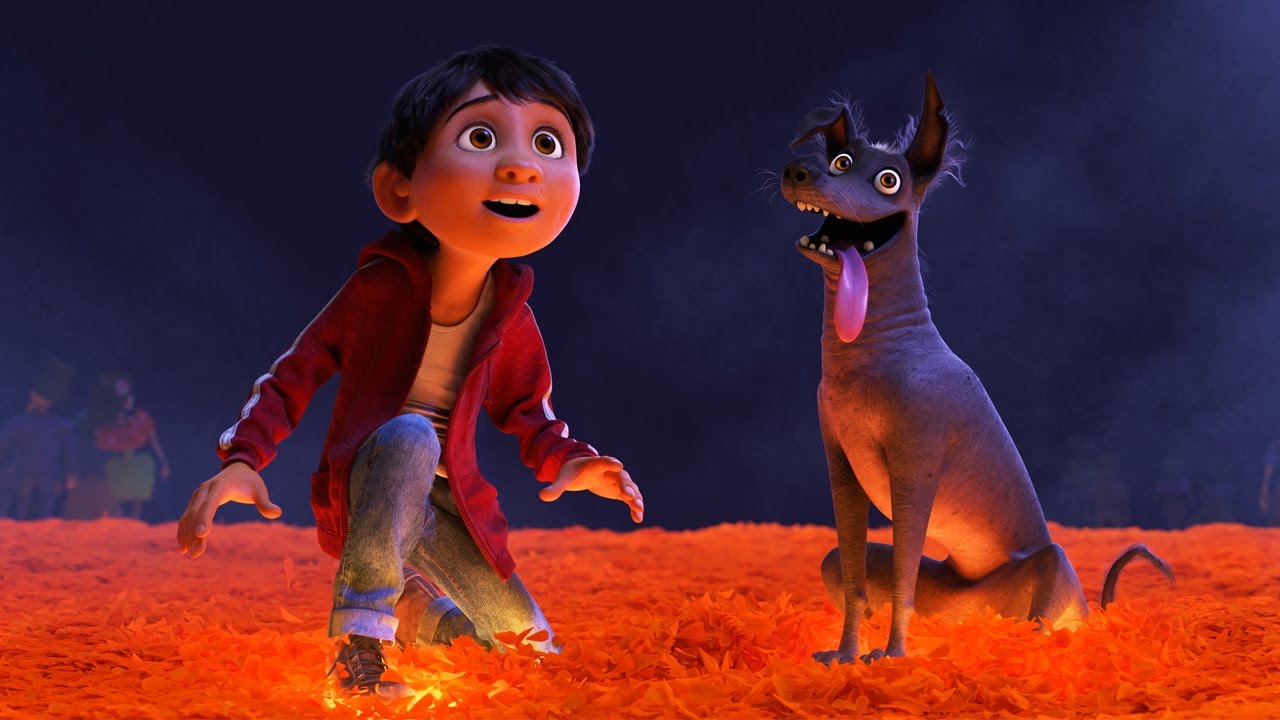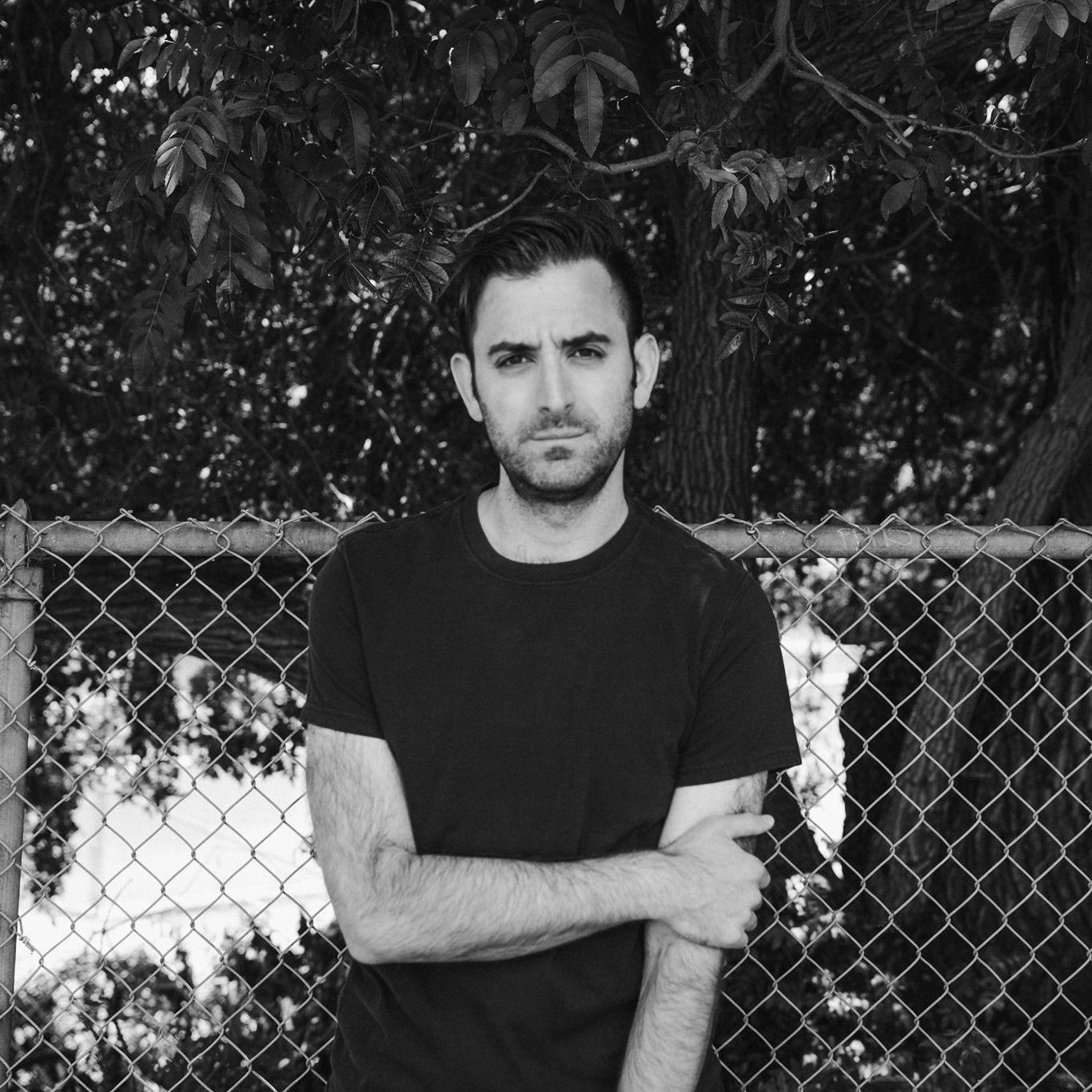Like in most Disney and Pixar movies, Miguel (Anthony Gonzales), the protagonist of Coco, doesn’t fit in with his family. But it’s not his fault; he’s victim to the family curse. Generations ago, when his great-grandmother Coco was a young girl, her father left the family to pursue a musical career. This caused Coco’s mother to ban music from the household and become a shoemaker. By the time Miguel is born, all of the family members condemn music and consider shoemaking the family business.
Miguel, of course, plays music in secret. He teaches himself how to play by watching videos of Ernesto de la Cruz (Benjamin Bratt), the greatest musician of all time. When the family discovers this, and his guitar is broken, the true adventure begins. On the magical first night of Dia de los Muertos, Miguel finds himself in the Land of the Dead, searching for his musical ancestor, and trying to convince the rest of his deceased family that music is his true calling.
The movie follows Disney and Pixar’s version of the Hero’s Journey to a T: a child protagonist, who doesn’t fit in with their family or community, runs off to follow their passion. Along the way, they meet colorful characters that help or hinder them. Ultimately, the protagonist learns more about themselves and becomes closer to their loved ones. It’s a formula that has stood the test of time.
What makes that formula especially endearing in Coco is the care that Disney and Pixar took in following authentic Mexican Dia de los Muertos traditions. The general consensus is that the movie is respectful of Mexican traditions, and it does a beautiful job of representing both the Day of the Dead and the Land of the Dead. It’s this attention to detail that indicates that the studio spent time researching specific cultural traditions and norms and keeps the movie from being cheesy or relying on cultural appropriation.
While a couple of the characters are caricatures of specific familial roles or personalities, most are dynamic and evolve as the movie progresses. There are also several relationships between characters that are unknown to the viewer and are revealed as shocking plot twists that drastically change how Miguel navigates the Land of the Dead. These unveilings are all worked so carefully into the storyline that, in hindsight, they seem obvious. There are characters for everyone to enjoy, including well-known Mexican great Frida Kahlo (and a Frida Kahlo impersonator).
No review of a Disney and Pixar movie would be complete without mentioning the graphics. They are absolutely stunning. When Miguel is in Mexico, his city is warm, with viewers almost able to feel the sun radiating from the screen. In the Land of the Dead, the creators’ imaginations ran wild. It’s a bright and colorful world, painting the afterlife as a place of joy and celebration. It’s a beautiful way to honor the dead, just as Coco is a beautiful tribute to Mexican culture.













